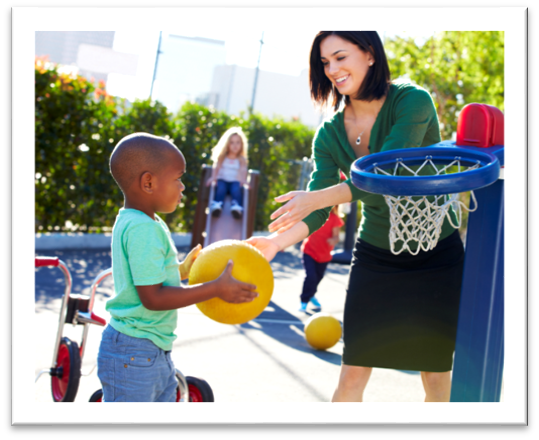Elements of Energy
Energy is what we take in through eating food and drinking beverages and what we use when we are active. What we eat and drink is called ENERGY IN. What we use up through daily living and physical activity is called ENERGY OUT.
Energy In
What we eat and drink.
The amount of energy FOUND in the food we eat and beverages we drink determines our TOTAL energy intake.
Energy Out
What we use up through daily living and physical activity.

We use a certain amount of energy just breathing air, keeping our bodies warm, digesting food and performing daily living activities. We use more energy when we perform physical activity. For example, adults use energy at rest but use even more energy when they walk to the bus stop, clean the house or ride a bike. Did you know that people who are more physically active generally use more energy even at rest than those who are not as physically active?
Energy Balance
While energy balance is often measured in “calories”, accurately tracking ‘calories’ can only be done in research settings. Our goal is a healthy active lifestyle that balances what we eat and drink with physical activity over time to help us stay healthy and maybe maintain a normal weight. We are in ‘energy balance’ when our weight is stable and the amount of energy or calories we eat and drink (ENERGY IN) matches the amount of energy or calories we expend every day for activities of daily living and being active (ENERGY OUT).
Children
Children use energy just being children - running on the play yard or building block towers. Children need to balance energy in and out too, but they are also growing; thus, their extra energy needs must also be met. Energy balance in children happens when the amount of ENERGY IN and ENERGY OUT supports natural growth and daily activity without promoting excess weight gain.



